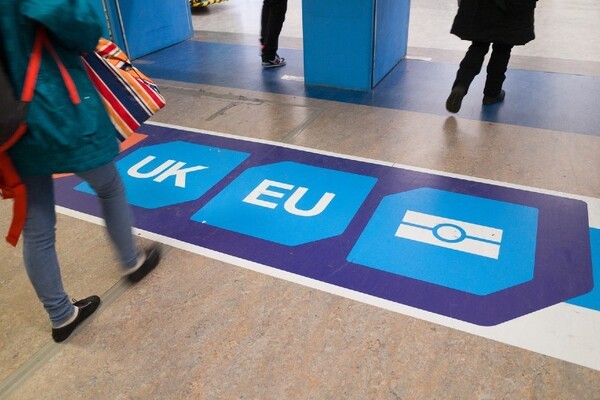In this newsletter: 70 tourism organisations sign joint letter on UK-EU youth mobility Retail sector…

Travel Trade Gazette (TTG) Reports: EU confirms October start date for the new biometric border rules and ETIAS visa waiver price hike
21 Jul 2025 by James Chapple
The EU has confirmed its new biometric border rules, known as the EU Entry-Exit System (EES), will finally come into effect in October, while the bloc’s related Esta-style visa waiver is now set to cost visitors more than double the originally proposed €7 (£6).
It means that while the rollout will avoid the remainder of the busy peak summer season, it will impact those jetting off for the October half-term – as well as the 2025/26 winter sun European ski seasons.
EES will come into force on Sunday 12 October and will require all non-EU citizens to submit fingerprints and facial biometrics when they enter the bloc for the first time after the launch. This data will be held on file for three years. Children under the age of 12 will not be required to provide fingerprints.
The launch date has now been confirmed on the EU’s official EES portal. It will be phased in progressively over a six-month period through to early April 2026. From 10 April 2026, EES will be fully operational at all external EU border crossings.
The EU states the purpose of EES is to modernise border management, make checks more efficient and improve security such as by combatting identity fraud and guarding against terrorism and serious organised crime.
It will also be used to monitor adherence to the maximum stay of 90 days in any 180-day period for those who do not require a visa. In essence, it is designed to allow the union to more closely monitor the movements of non-EU citizens.
And while no firm date has yet been set, the launch of EES will be followed in the final quarter of 2026 by Etias – the EU’s equivalent of the US Esta and the UK’s ETA (Electronic Travel Authorisation).
According to papers published by the EU’s Migration and Home Affairs directorate late last week, Etias will now be charged at €20 (£17) instead of the originally proposed €7 (£6), almost three times the price. It follows a US government proposal to hike the cost of acquiring an Esta from a current $21 (£16) to $40 (£30).
“This increase aims to cover the operational costs of Etias, taking into account all its functionalities and inflation rates, and align the EU fee to the ones of other countries that have similar travel authorisation programmes,” said the EU, although the proposed new fee will undergo a two-month review.
Like the US Esta, visitors will need to apply for their Etias online before they travel, although the EU is promising a decision “within minutes”. Individuals under the age of 18 or above the age of 70 will be exempted from the fee.
After several proposed launches failed, the EU earlier this year laid proposals for a phased implementation of EES and plans for live testing after several key member states – including France, Germany and the Netherlands – said the system wasn’t ready.

